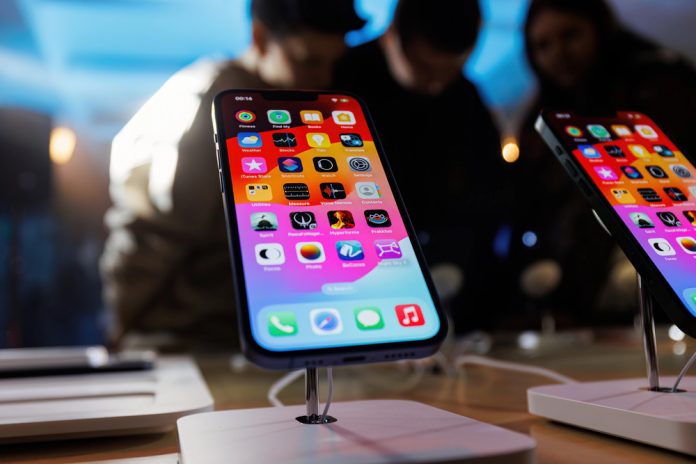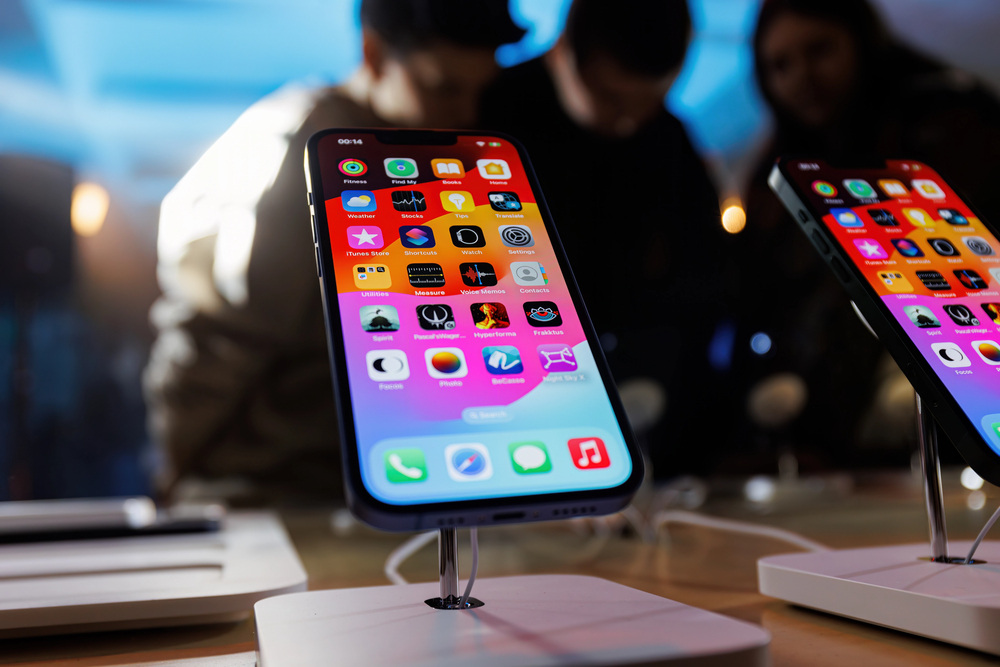
Excitement is building for Apple’s next step in smartphone engineering, but few predicted the company would pursue a record so daring: a phone potentially thinner than a pencil at 5.5mm. As the alleged iPhone 17 Air gets ready to launch in September 2025, the world is paying attention not only to what it is, but to what it might do for the future of foldable phones and the engineering ingenuity it takes to make them real.
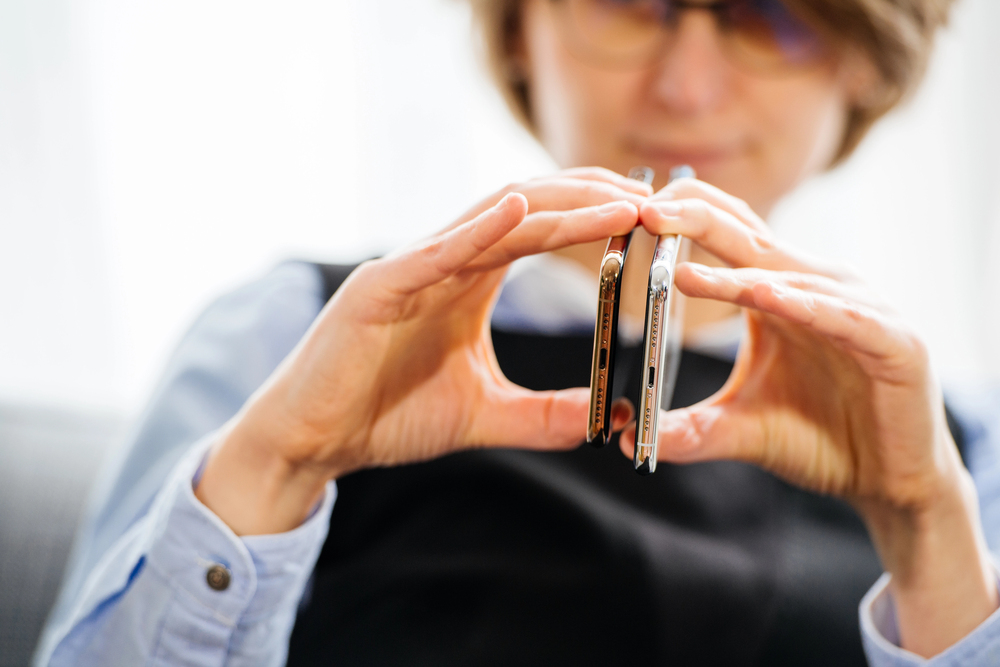
1. The Thinness Race: Apple’s Calculated Leap
Apple’s so-called iPhone 17 Air is set to become the thinnest iPhone ever made, featuring a body approximately 5.5mm, almost two millimeters thinner than Apple’s current iPhone 16 Pro. The 6.6-inch OLED screen, 145-gram weight, and horizontal camera bar represent a drastic change of pace from Apple’s design playbook. This action, while partially a reaction to the “skinny phone” phenomenon spearheaded by Samsung, Huawei, and others, is also a stroke of marketing genius.
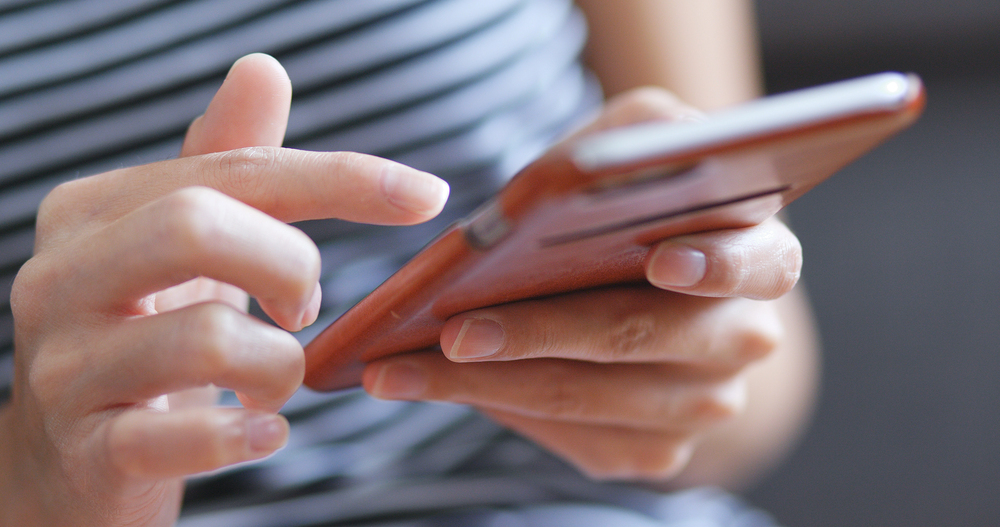
As GlobalData senior analyst Anisha Bhatia comments, “Slimness is an aspect that can be easily marketed, as opposed to nebulous use cases for AI.” The Air’s thinness isn’t simply a design show-off; it’s a calculated turn back toward Apple design supremacy during a period when critics have accused newer iPhones of being unimaginative.
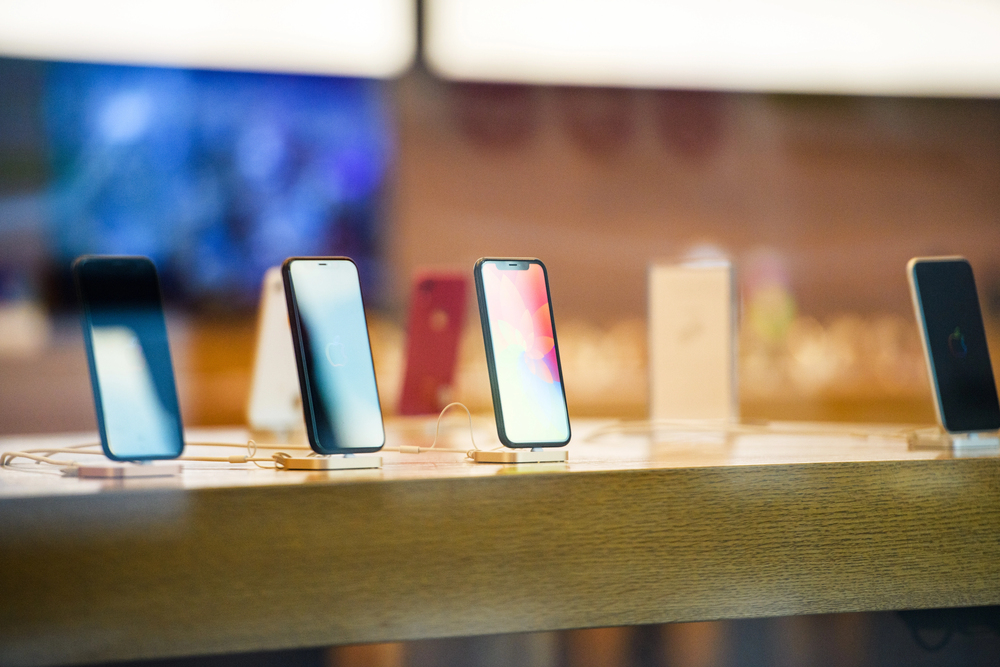
2. Pricing, Positioning, and the Charm of “Air”
The iPhone 17 Air is rumored to come in between the standard iPhone 17 and the Pro models, perhaps replacing the Plus model and aiming for a price tag of around $899. This approach places the Air as premium but affordable, taking advantage of the “Air” name to call back to Apple’s track record of super-skinny, super-light devices. Color choices spanning signature light blue to sophisticated black and pearl white mark Apple’s emphasis on clean lines. With ProMotion 120Hz display technology and the A19 Pro chip, Air delivers near-flagship capabilities in a lighter, thinner form factor, which will win over those who want portability with oomph.
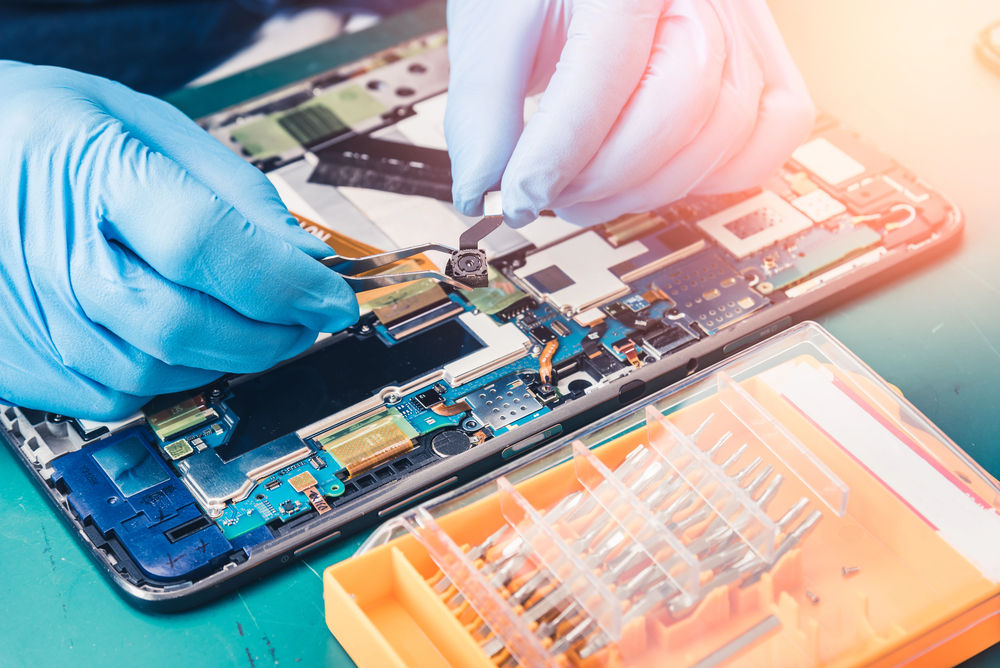
3. Engineering Challenges: Making Thin Work
Such thinness comes at a price. The gadget’s super-thin body is said to employ a titanium-aluminum alloy, one that weighs and stiffens judiciously in order to avoid the “bendgate” affliction of previous thin iPhones. The solitary 48MP rear-facing camera, which falls short of the multi-lens Pro handsets, is a sacrifice to the limitations of internal space. The USB-C charging port is moved closer to the back, and speaker holes are minimized, each millimeter saved for structurality and component fit. Dummy renders and CAD leaks attest to these subtle yet profound engineering modifications.
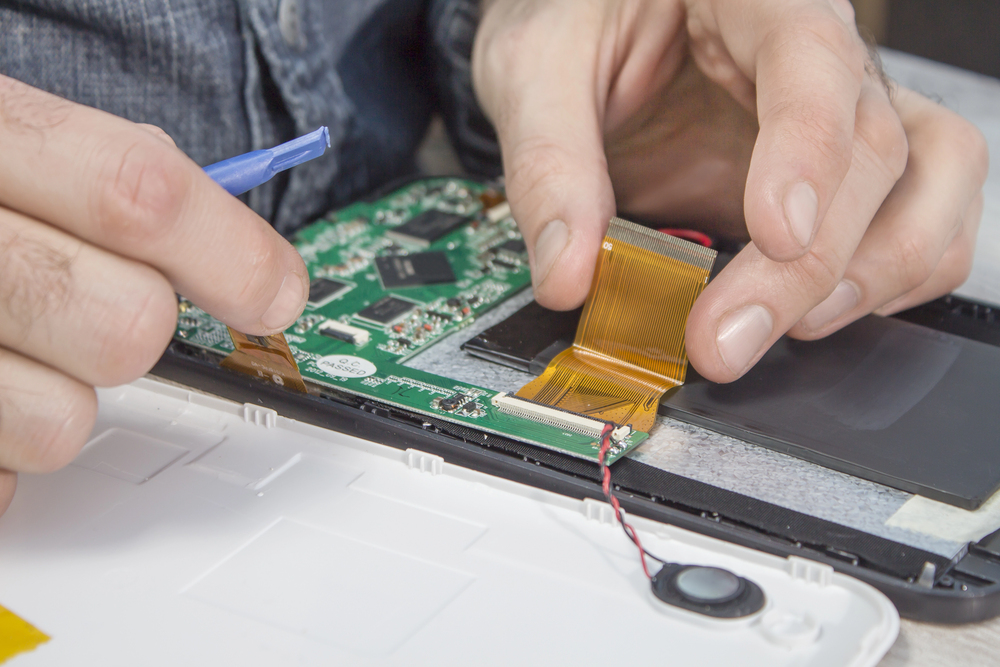
4. Battery Tech: Packing Power into Millimeters
The most daunting task for the iPhone 17 Air is perhaps battery life. With a rumored battery capacity of only 2,800mAh, well below the iPhone 16’s 3,651mAh, Apple is counting on TDK’s silicon-anode battery technology to provide greater energy density in a more compact form factor. There is said to be a possible 15% increase in energy density, but with these advancements alone, internal testing shows that only 60–70% of customers will see all-day battery life. To make up for it, Apple is working on new Adaptive Power Modes in iOS 26 and could bring back its Smart Battery Case accessory. Fast charging is also on the table, with support for Qi 2.2 wireless charging up to 50W and 35W wired charging, reflecting the industry’s push for rapid, efficient energy replenishment in ever-thinner devices.
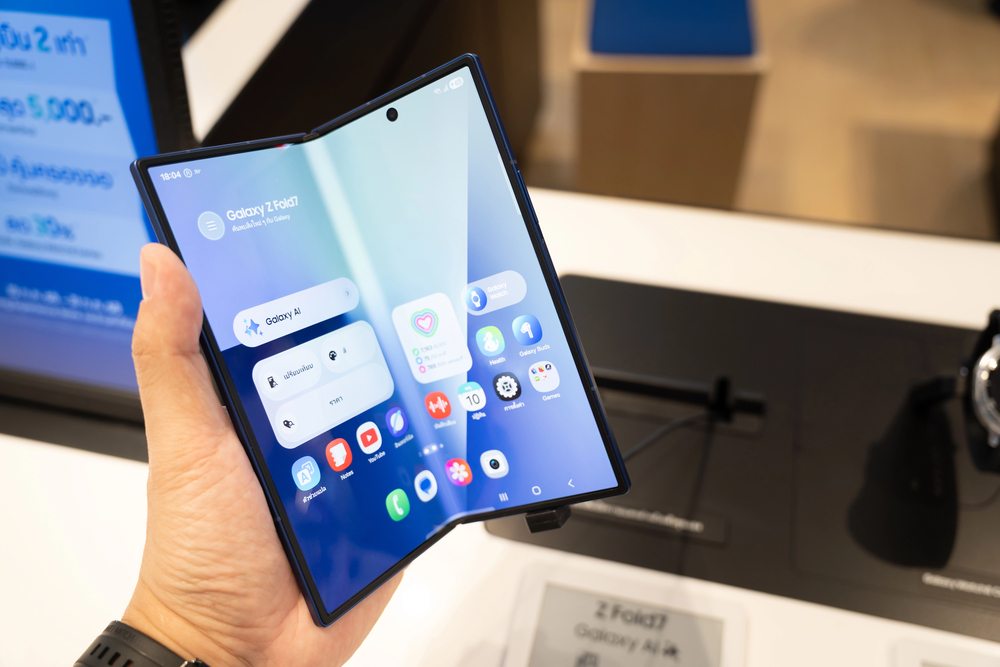
5. Lessons from Samsung: The Foldable Roadmap
Samsung’s journey from the Galaxy S25 Edge to the Z Fold 7 offers a roadmap Apple appears ready to follow. The S25 Edge paved the way for the Z Fold 7, which, at 8.9mm folded and 4.2mm unfolded, reset the idea of what a foldable might feel like in the hand. The engineering of the Z Fold 7, built with the Armor FlexHinge, triple camera, and light yet strong construction, is proof that thinness and functionality can go hand in hand. Samsung’s iterative innovations in hinges, from the Hideaway Hinge to the FlexHinge, have continued to minimize thickness and maximize reliability, creating new benchmarks for durability and user experience in foldables. As Nabila Popal, IDC senior research director, explains, “We won’t be surprised if Apple follows a similar path where it first launches a thin iPhone and then, using that, launches a potentially thin foldable.
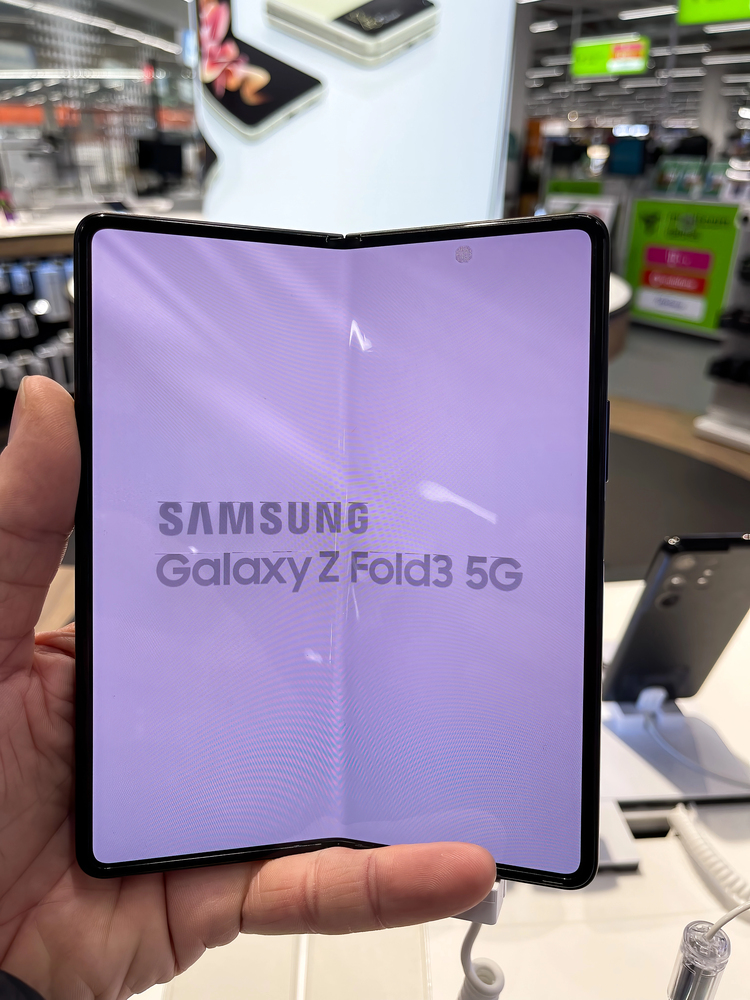
6. The Technology of Bendable Displays and Hinges
The core of foldable technology lies in display and hinge technology. Samsung’s implementation of metal plates inside the display stack shares bending stress and reduces creasing, a vital consideration since Apple allegedly collaborates with Samsung Display for its own crease-less offering. Fine M-Tec’s sophisticated laser-drilled metal plates, which will feature in Apple’s 2026 foldable, are intended to direct stress and add durability. The Z Fold 7’s Armor FlexHinge, featuring four drive shafts and a dual rail design, enables the display to curl up in a water-drop form, which erases gaps and minimizes the visible crease. These developments are not just for looks; they are a result of decades of materials science, mechanical engineering, and trial-and-error testing.
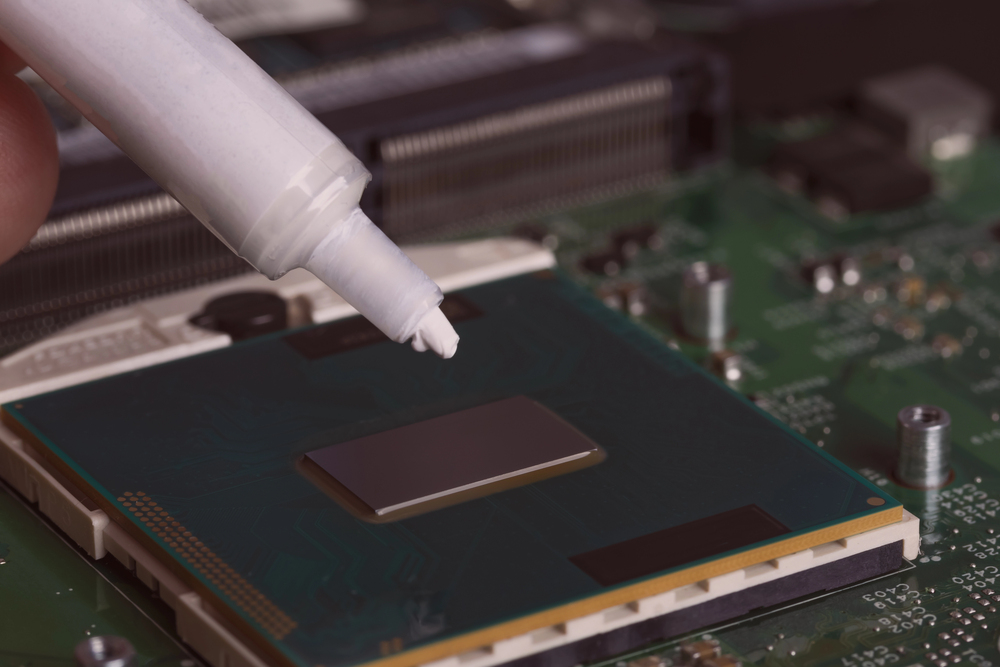
7. Thermal Management: Staying Cool in a Thin World
Thermal dissipation is a key problem in ultra-thin and foldable phones. Recent innovations, including the ultra-thin loop heat pipe (UTLHP) from Nagoya University, hold the potential to transform cooling in mobile electronics. Only 0.3mm thick, with a heat transport capability 45 times greater than that of copper, the UTLHP allows high-performance components to be run safely in thinner enclosures. “The device has the potential to extend battery life by maintaining components at the right temperatures and also accommodate even thinner designs without sacrificing performance,” noted Prof. Hosei Nagano. As smartphones continually extend the limit of thinness and potency, incorporating such innovative passive cooling solutions will be the key to avoiding thermal throttling and maintaining device longevity.
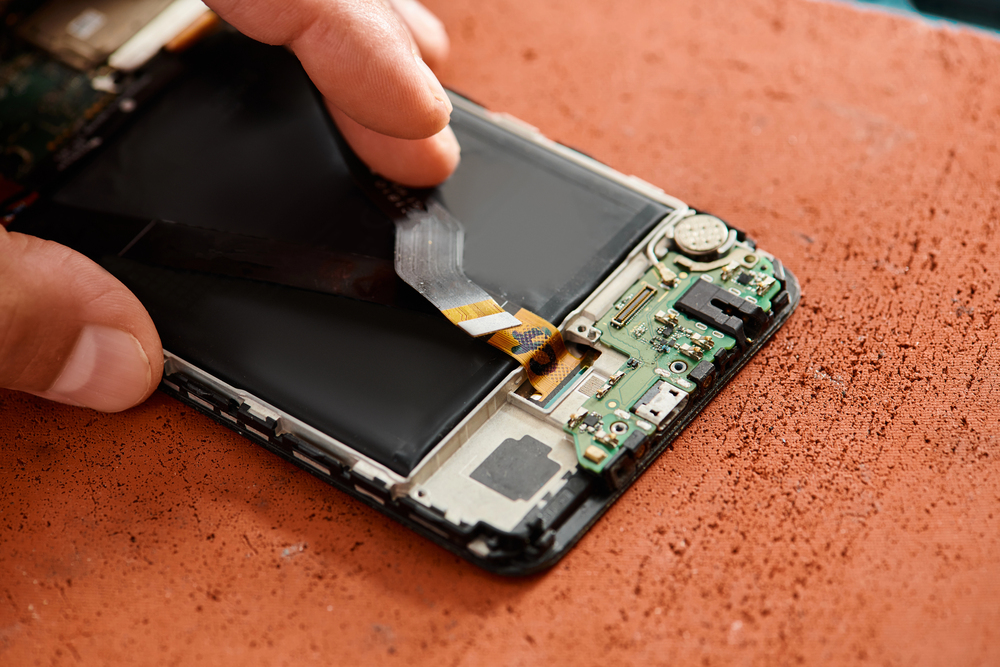
8. Battery Thermal Management Systems: The Next Frontier
When lithium-ion batteries get smaller, their thermal management becomes more complicated. Active and passive battery thermal management systems (BTMS) are being developed to keep safe operating temperatures in progressively smaller devices. Nano-enhanced phase change materials, enhanced air-cooling, and metallic fin intensification are being researched to increase heat dissipation. Sensors integrated for real-time internal temperature monitoring, as seen in recent research, are opening the door to smarter, safer battery control in future smartphones.
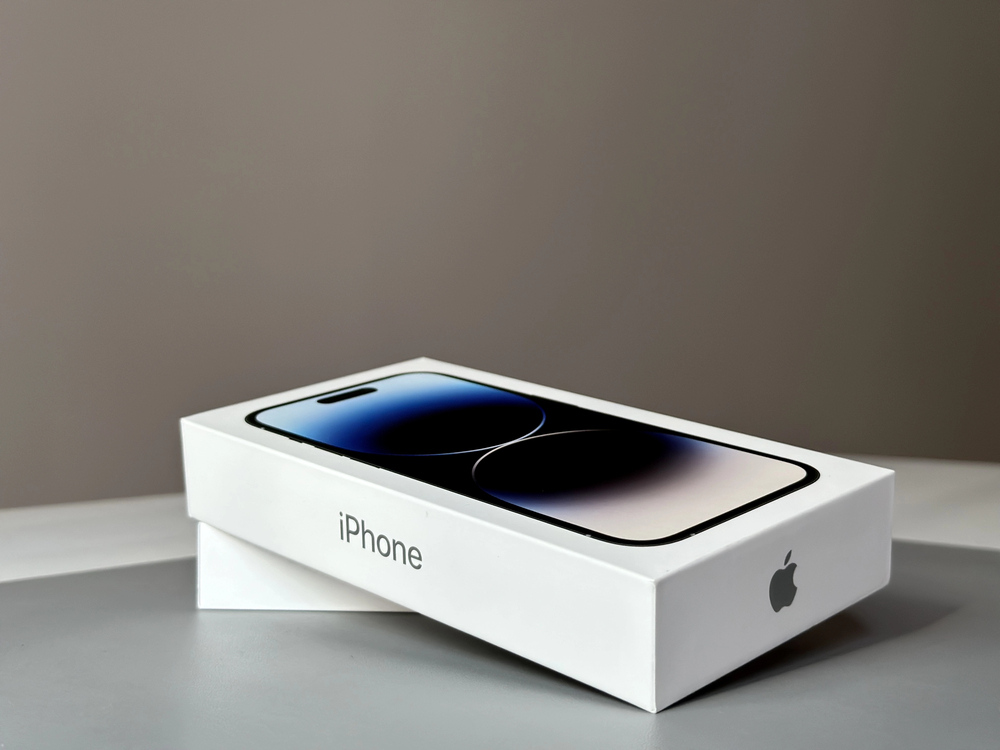
Apple’s strategy as a late mover entering existing markets with polished, carefully crafted products has enabled it to “arrive at the party late, then steal the show,” to quote Popal. The ultra-slim profile of the iPhone 17 Air is not simply reacting to consumer fashion; it’s a strategic step toward a future in which foldable, high-performance smartphones are both practical and wanted. While the industry anticipates Apple’s next move, the engineering battle between thinness, power, and robustness has just started.
